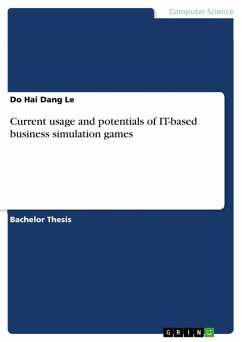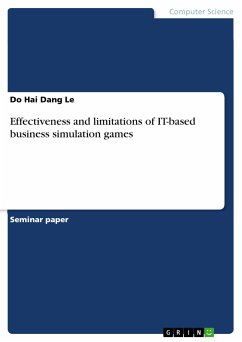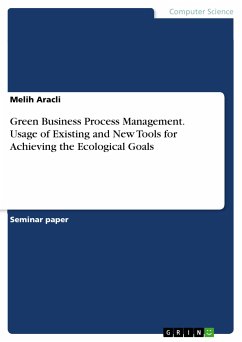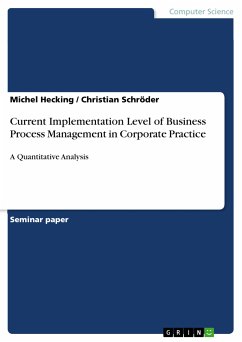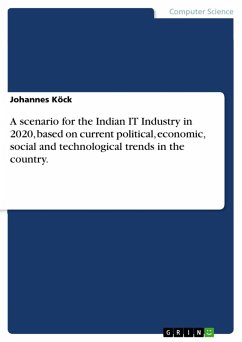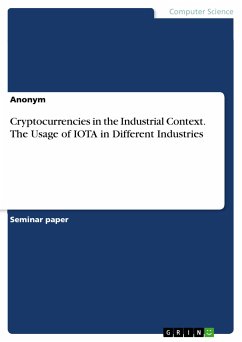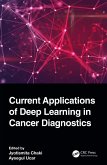Bachelor Thesis from the year 2012 in the subject Computer Science - Commercial Information Technology, grade: 2.0, University of Göttingen (Institut für Wirtschaftsinformatik), course: Computer Science - Commercial Information Technology, language: English, abstract: By firstly reviewing current literature on business simulation gaming and IT-based BSGs, this thesis will provide an overview on the usage of IT-based BSGs at present. After that, several selected potential concepts and technologies will be studied to discuss how they can affect the future of IT-based BSGs. In the first chapter, before going to any of the two main questions, basic knowledge on IT-based BSGs will be provided. Additionally, the chapter also introduces their general features, the standard process of deploying them in practice and the standard architecture of current IT-based BSGs. After that, the following two chapters will answer the questions correspondingly. Chapter 3 will focus on the current usage of IT-based BSGs. Each of the application fields and the concrete usage purposes in each field will be presented. In addition, actual and relevant examples will also be presented to demonstrate them. Chapter 4 will proceed with the second question, on the potentials of specific concepts and technologies for the future development of IT-based BSGs. The chapter will be divided into two parts, with the first concentrating on the concepts and the second on the technologies. The last chapter, the discussion, will summarize and discuss the findings in the previous chapters
Dieser Download kann aus rechtlichen Gründen nur mit Rechnungsadresse in A, B, BG, CY, CZ, D, DK, EW, E, FIN, F, GR, HR, H, IRL, I, LT, L, LR, M, NL, PL, P, R, S, SLO, SK ausgeliefert werden.

